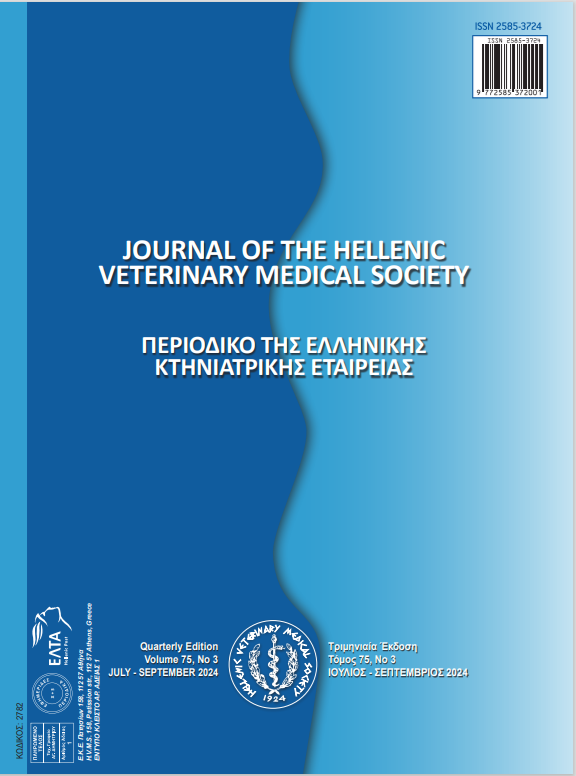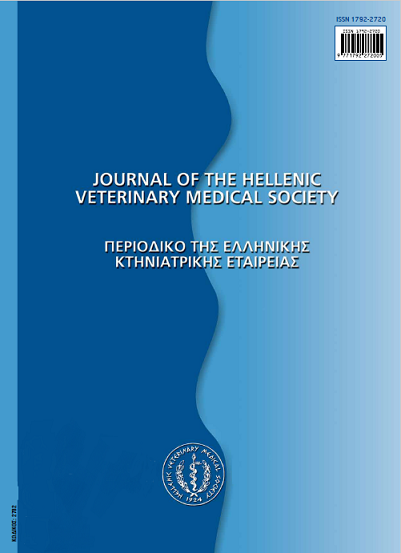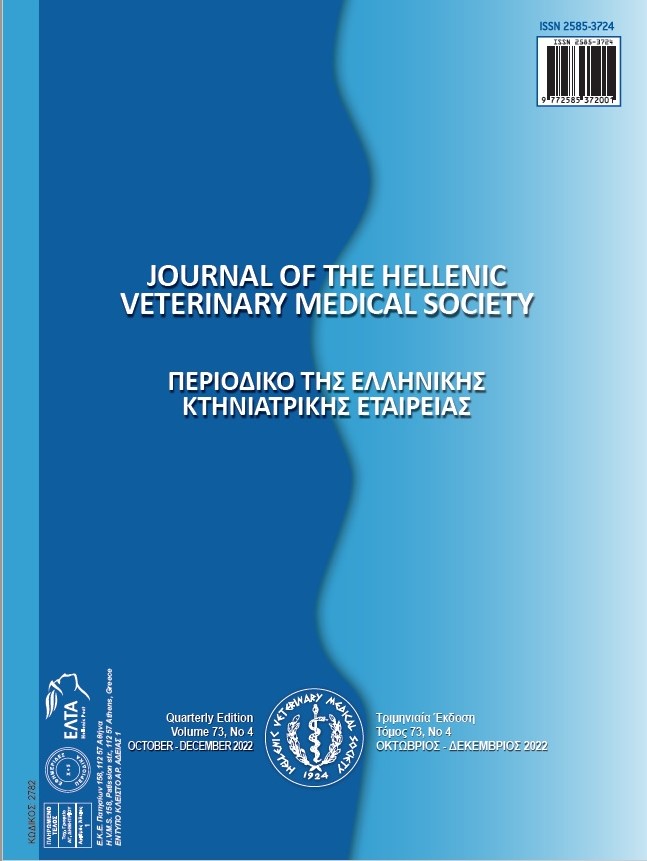Typology of Mixed Sheep and Goat Production System in the Regional Unit of Larissa, Greece
Resumen
The study was carried out using a structured questionnaire in 162 sheep and goat farms of mixed production system in the Regional Unit of Larissa during February 2020 - February 2021. The Hierarchical Cluster Analysis application has shown three basic production systems. Cluster 1 consists of medium size holdings (233.02 livestock units), which earn additional income from other activities. Cluster 2 consists of rather large size farms (1,825.66 livestock units) with a net profit per female 2.61 euros. This type of farms breed livestock based on the semi-intensive and intensive production system, have large rented areas for the cultivation of feed, while the contribution of subsidies is especially high to the shaping of their gross income. The largest percentage (59.88%) of the holdings falls under the third cluster. These are specialized types of livestock farming, which present the largest net profit per livestock animal. 4% of this type of holdings breeds animals based on the semi-nomadic system while 100% uses common pastures as feed source.
Article Details
- Cómo citar
-
Kaimakamis, I., Dotas, V., Gourdouvelis, D., Chatzizisis, L., & Koidou, M. (2024). Typology of Mixed Sheep and Goat Production System in the Regional Unit of Larissa, Greece . Journal of the Hellenic Veterinary Medical Society, 75(3), 7917–7924. https://doi.org/10.12681/jhvms.35925
- Número
- Vol. 75 Núm. 3 (2024)
- Sección
- Research Articles

Esta obra está bajo una licencia internacional Creative Commons Atribución-NoComercial 4.0.
Authors who publish with this journal agree to the following terms:
· Authors retain copyright and grant the journal right of first publication with the work simultaneously licensed under a Creative Commons Attribution Non-Commercial License that allows others to share the work with an acknowledgement of the work's authorship and initial publication in this journal.
· Authors are able to enter into separate, additional contractual arrangements for the non-exclusive distribution of the journal's published version of the work (e.g. post it to an institutional repository or publish it in a book), with an acknowledgement of its initial publication in this journal.
· Authors are permitted and encouraged to post their work online (preferably in institutional repositories or on their website) prior to and during the submission process, as it can lead to productive exchanges, as well as earlier and greater citation of published work.






